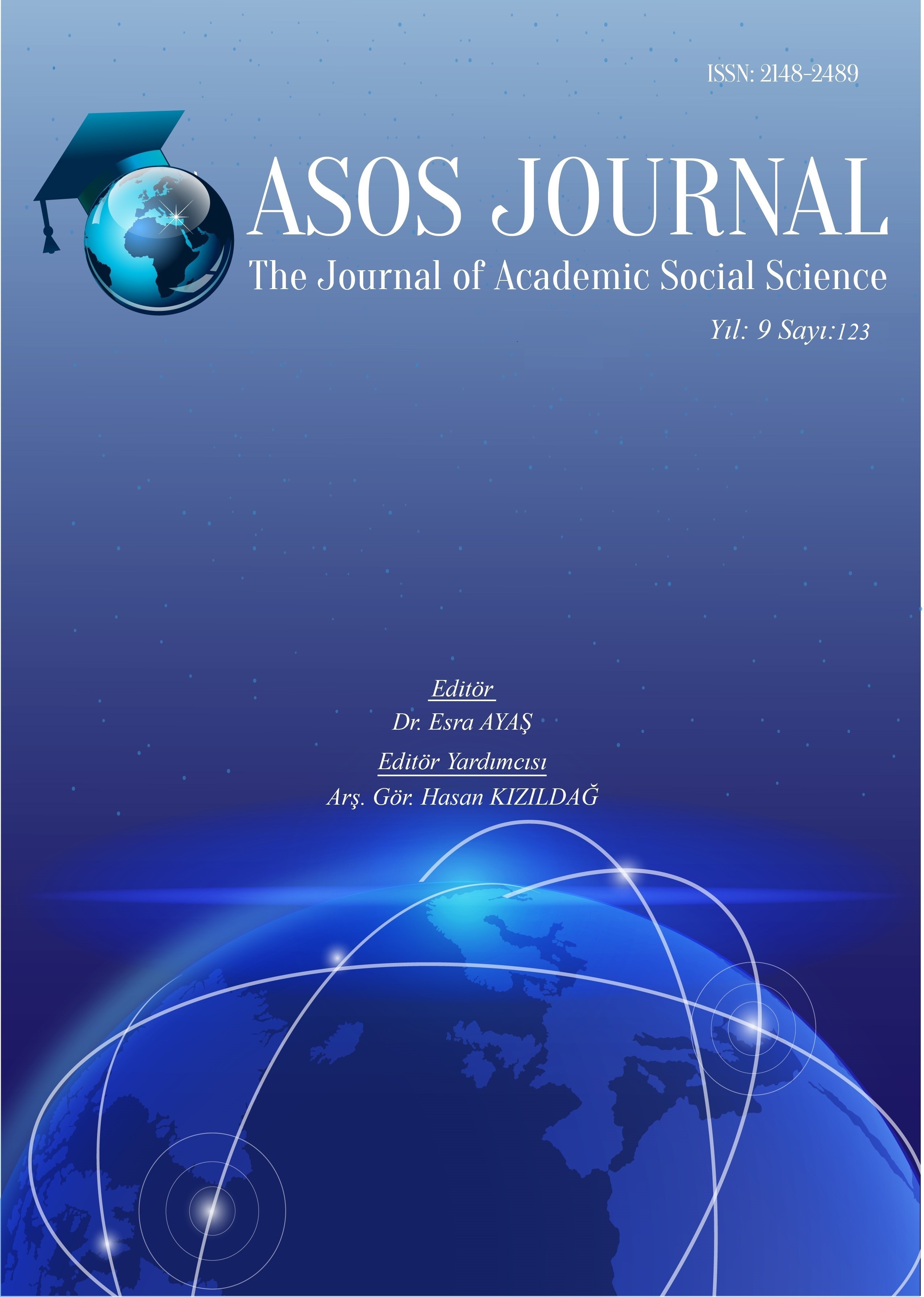Author :
Abstract
Keywords
Abstract
The position of the street in the social life of a city is important and it is possible to develop a systematic description of social behaviour through careful observation and study of particular streets. The street helps us examine environmental and ecological psychology and some aspects of human behaviour, as well as providing both a comprehensive account of the role of space in social change and a reflection of the history of cultural and historical space. Taking this into consideration, it can be argued that understanding both necessary and complementary human need with space syntax can guide the design of social streets. Therefore, developing vibrant and inclusive urban environments and strategies that increase the efficiency and enjoyment of streets are crucial. Like any urban human behaviour, social behaviour on the street ultimately reveals the interaction between people and space. Among the factors that influence social behaviour, the characteristics of individuals (age, gender, cultural affiliation, past experiences, needs and expectations and emotional state) and characteristics of the environment (location, access, configuration, situation, facilities, sensory qualities, activities and people within them) are among the most important qualities. Without over-emphasising the role of space as the determinant of urban behaviour, it is possible to argue that social relations can be formed through space, can be limited and mediated by space. In other words; urban designs can act as a catalyst for the display of a behaviour if people are inclined to a certain behaviour, or even to try something new that they may have seen or heard about. It is understood that the role of planning and design is to provide the best possible conditions to support new social behaviours which will be affected by the design to cause the desired behaviour. This study will discuss the barriers and opportunities created by the COVID-19 pandemic to revitalise streets.
Keywords
- Amit-Cohen, I., (2008). Silicatescape: Preserving building materials in the old urban center landscape: The case of the silicate brick and urban planning in Tel Aviv-Jaffa. Journal of Cultural Heritage, 9, 367–375.
- Agnew, J., (1986). Worlds apart: The market and the theater in Anglo- American thought. New York: Cambridge University Press.
- Bowles, N., and Clifford. C., (2020). “In Lockdown, a Neighborhood Opens Up.” https://www.nytimes.com/2021/05/19/technology/bernalheights.html?searchResultPosit ion=1.
- Brown, T., (2008). Design thinking, Harvard Business Review, Vol. 86, No. 6, p. 84.
- Connolly, C., Ali, S.H., Keil, R., (2020). On the relationships between COVID-19 and ex- tended urbanization. Dial. Hum. Geogr. 10 (2), 213–216.
- Deener, A., (2012). Venice: A contested Bohemia in Los Angeles. Chicago: University of Chicago Press.
- Duncan, J., (1990). The City as Text. Cambridge: Cambridge University Press.
- Furnee, J. and Lesger, C., (2014). The Landscape of Consumption. London: Palgrave Macmillan.
- Greenberg, M.R., (1999). Improving neighborhood quality: A hierarchy of needs, Housing Policy Debate, 10(3), pp. 601–624.
- Hall, E. T., (1966). The Hidden Dimension. New York: Doubleday.
- Hall, S., (2012). City, street and citizen: The measure of the ordinary. London: Routledge.
- Holt-Lunstad, J., Smith, T., Baker, M., Harris, T., and Stephenson, D., (2015). “Loneliness and Social Isolation as Risk Factors for Mortality: A Meta-Analytic Review.” Perspective on Psychological Science 10 (2): 227–237.
- Kikuchi, A. and Ryan, C., (2007). Street markets as tourist attractions – Victoria market, Auckland, New Zealand, International Journal of Tourism Research, Vol. 9, No. 1, pp. 297–300.
- Low, S., (2000). On the plaza: The politics of public space and culture. Austin, TX: University of Texas Press.
- Leigh-Hunt, N., Bagguley, D., Bash, K., Turner, V., Turnbull, S., Valtorta, N., and Caan, W., (2017). “An Overview of Systematic Reviews on the Public Health Consequences of Social Isolation and Loneliness.” Public Health 152: 157–171.
- Lockwood, T., (2010). Design Thinking: Integrating Innovation, Customer Experience, and Brand Value. New York.
- Matthew, R.A., and McDonald, B., (2006). Cities under siege: urban planning and the threat of infectious disease. J. Am. Plan. Assoc. 72 (1), 109–117.
- Mehta, V. (2020): The new proxemics: COVID-19, social distancing, and sociable space, Journal of Urban Design.
- Ryan, C. and Cave, J., (2005). Structuring destination image: a qualitative approach, Journal of Travel Research, Vol. 44, No. 2, pp. 143–50.
- Sharifi, A., (2020). Urban resilience assessment: mapping knowledge structure and trends.
- Steptoe, A., Shankar, A., Demakakos, P., and Wardle, P., (2013). “Social Isolation, Loneliness, and All- Cause Mortality in Older Men and Women.” Proceedings of the National Academy of Sciences 110: 5797–5801.
- Temkin, K. and Rohe, W.M., (1996). Neighborhood change and urban policy, Journal of Planning Education and Research, 15, pp. 159–170.
- Throsby, D., (2011). Cultural capital. In Ruth Towse (Ed.), A handbook of cultural economics (2nd ed., pp. 142–146). Cheltenham, UK: Edward Elgar.
- Valtorta, N. K., Kanaan, M., Gilbody, S., Ronzi, S., and Hanratty, B., (2016). “Loneliness and Social Isolation as Risk Factors for Coronary Heart Disease and Stroke: Systematic Review and Meta-analysis of Longitudinal Observational Studies”. Heart 102: 1009– 16.
- Wade, L., (2020). An unequal blow. Science 368 (6492), 700–703.
- Witkowski, T., (1993). The Polish consumer in transition: shopping Warsaw’s street vendors and open air markets, Advances in Consumer Research, Vol. 20, No. 1, pp. 13–17.
- Zukin, S., (1995). The cultures of cities. Oxford: Blackwell.
- Zukin, S., (2010). Naked city: The death and life of authentic urban places. New York: Oxford University Press.
